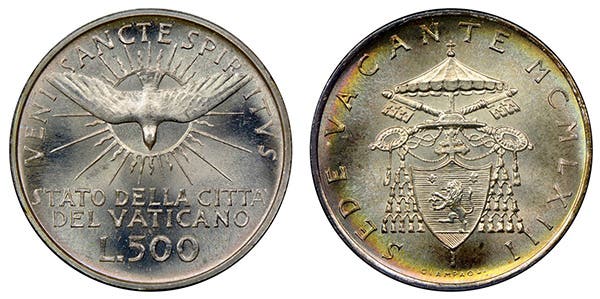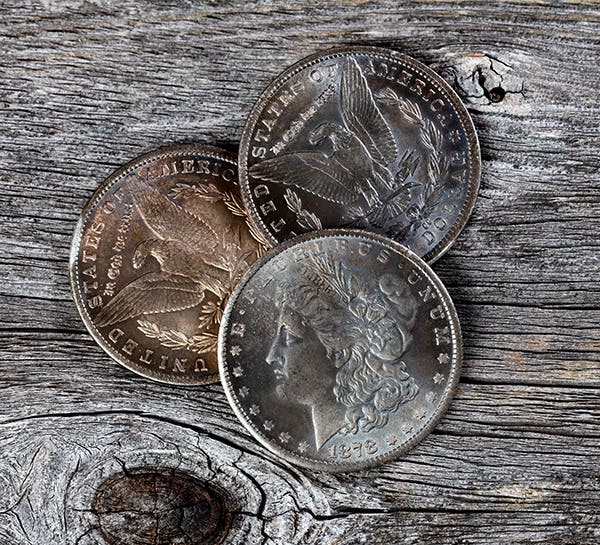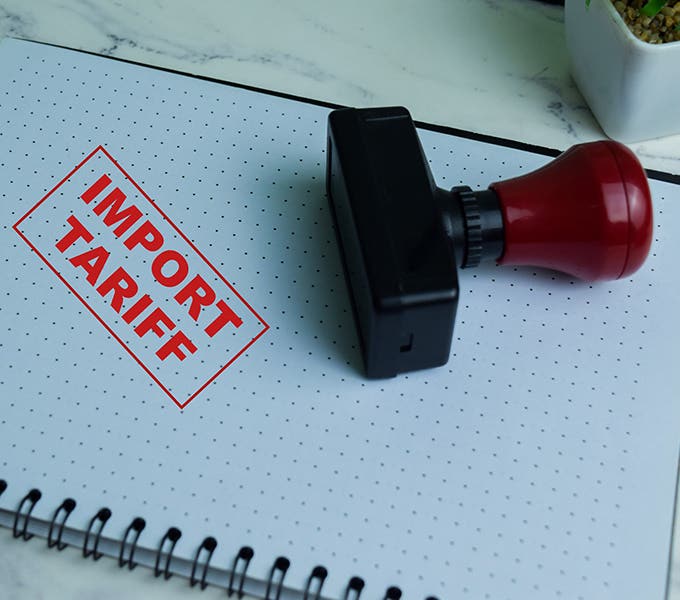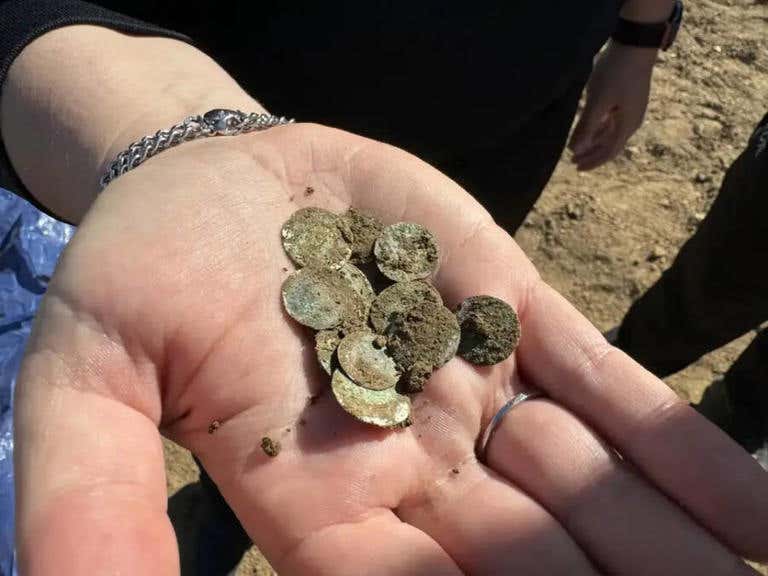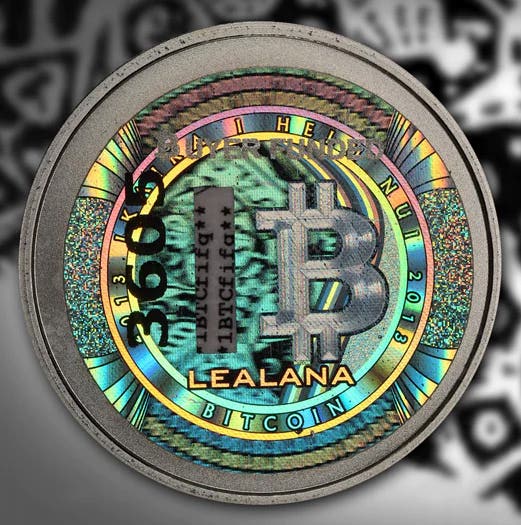Adjustment mark can lower price
World Coin Clinic By Richard Giedroyc • Can you explain what an adjustment mark is? Adjustment marks are visible scrapes on the planchet made prior to the coin being struck…
World Coin Clinic
By Richard Giedroyc
• Can you explain what an adjustment mark is?
Adjustment marks are visible scrapes on the planchet made prior to the coin being struck on that planchet. They were made to reduce the weight of the planchet. These scrapes were made deliberately at the mint to adjust the weight of the coin to regulation. The striking process modifies them or can erase evidence of them, depending on where the adjustment was made.
• Do adjustment marks bring down the value of a coin?
Adjustment marks are acceptable to the coin collecting market. However if a buyer has a choice between a coin with or without such visible marks the coin without the adjustment marks will get the better price.
• What is a clash mark?
When an obverse and a reverse coinage die come together unintentionally in the coining press (in other words, no planchet is present between them) each die may impress a part of its design on the other die. These marks will be transferred on to coins made subsequently from these two dies. Clash marks are more likely to appear in the fields than on the major design elements of the coin.
• I recently mailed some coins to a dealer who advertised he makes a generous offer to buy them. Rather than receive his offer, I received a check. Why didn’t he make the offer first?
Cashing the check is considered to be an acceptance of the offer. I don’t have the statistics on this, but I am willing to guess about 99 out of 100 people will cash the check even if they think the offer is low. If you wanted an offer first and payment later, you should have arranged to speak to the dealer by telephone, in person, by text, or some similar mode of communication.
• If I were to reject the offer the dealer made for these coins, how would I know I get the same coins returned to me?
You need to package your coins in holders that will show signs of having been tampered with should someone open that holder. A dealer needs to be able to examine each coin, but not necessarily by opening that holder (depending on the coin). Dealers are expected to hold onto a coin offered to them by mail until they are certain the coin is going to be theirs.
• Can you explain the term “.999 silver clad?”
Be careful when you see numismatic items advertised using such a term. This is a description more likely applied to a medal rather than a coin. The medal is plated in .999 fine silver, however it is not composed of .999 fine silver.
• Why are precious metal composition medals and coins often described as being 0.999, 0.9999 or even 0.99999 fine when in fact they are pure gold, silver, or platinum?
Consider 0.999 fine to be a qualifier. There is always the chance that under close scrutiny that coin or medal might contain a speck of some foreign material. No one wants to take the chance and identify the item as being 1.000 fine.
Email inquiries to Giedroyc@Bright.net. Because of space limitations, we are unable to publish all questions.
This article was originally printed in World Coin News.
>> Subscribe today or get your >> Digital Subscription
More Collecting Resources
• The Standard Catalog of World Coins, 1901-2000 is your guide to images, prices and information on coinage of the 1900s.
• Check out the newly-updated Standard Catalog of World Coins, 2001-Date that provides accurate identification, listing and pricing information for the latest coin releases.



